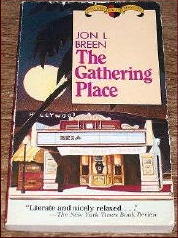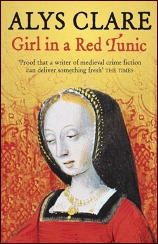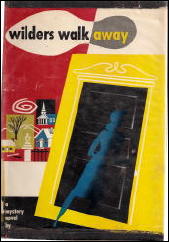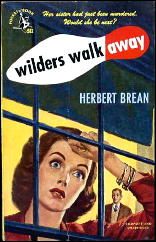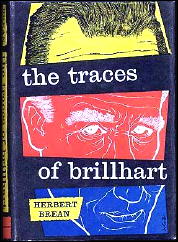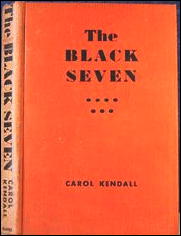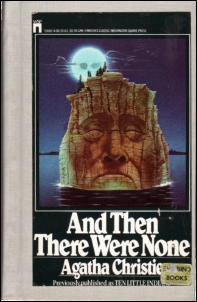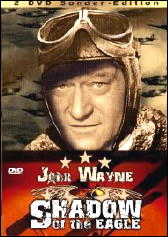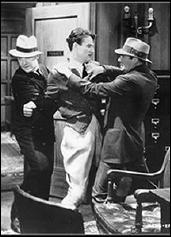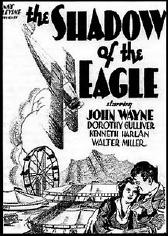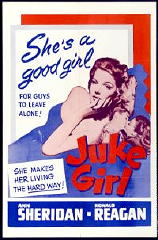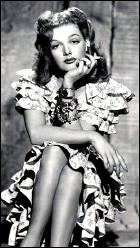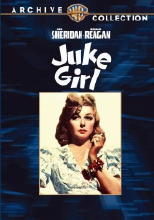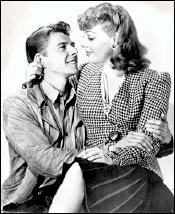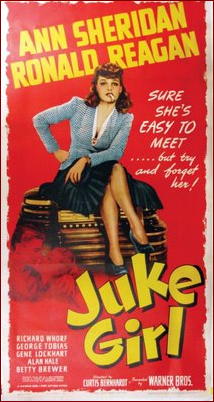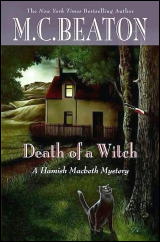Reviewed by DAVID L. VINEYARD:
JENNIFER LEE CARRELL – Interred with Their Bones. Dutton, hardcover, September 2007. Plume, trade ppbk, August 2008. Published in the UK as The Shakespeare Secret, as by J. L. Carrell: Sphere, softcover, 2008.
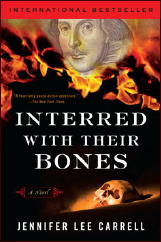
This is yet another in the category of what I call “Dollar Store Wonders,” exceptional books you find remaindered in the local Dollar Store.
Kate Stanley, the heroine, is a Shakespearean scholar and theatrical director currently putting on a production of Hamlet in the restored Globe Theater.
We are all haunted. Not by unexplained rappings or spectral auras, much less by headless horsemen and weeping queens — real ghosts pace the battlements of memory, endlessly whispering, Remember me.
One of those ghosts is Kate’s eccentric mentor Harvard professor Rosalind Howard, who shows up acting mysterious, and bearing a box she wants Kate to have. She has made a literary discovery that will rock the world.
“I’ve found something sweetheart, something big.”
But Kate is busy with the production of Hamlet, and has no time for Rosalind’s fancies, or her drama: “Tis in my memory locked, and you yourself shall keep the key of it.”
And Kate wishes she had been listening more closely when Rosalind is murdered and someone tries to burn down the Globe to cover it up, after an obvious, and fruitless search — fruitless because Kate had the box with her. And DCI Sinclair isn’t amused by either the crime or the drama surrounding it. The only person Kate can lean on his Sir Henry Lee, playing Hamlet’s father, a Thames River street brawler who grew up to be one of the lions of British theater.
The box yields a singularly uninvolving clue, a brooch, consisting of jeweled flowers, those found entwined in the dead Ophelia’s hair, and that quote of Rosalind’s was from one of Ophelia’s speeches.
The clue may be small, but the implications aren’t, and from such small things Kate is sent plunging into a mystery that goes back to Shakespeare’s time, and will set her on a quest across Europe.
The brooch leads to a rare Jacobean edition of Shakespeare’s Sonnets, only important if taken not as individual poetry, but as a single story, and from that the book of books in Shakespearean terms: the First Folio.
A book worth killing for, certainly. A torn page from one once sold in the hundred of thousands, but Rosalin was no mere book collector, and the mystery at the heart of Interred with Their Bones (the quote from Julius Caesar, not Hamlet by the way) is deeper and darker than the heart of any book collector.
The brooch is a clue that is key in solving the mystery at the heart of this book and literature’s oldest and most fought over mystery: Who was William Shakespeare?

Cutting across time while following Kate’s quest, Interred with Their Bones develops both an intriguing mystery and a taut and suspenseful tale as Kate’s investigation unfolds along side the historical sidelines, as the Folio leads to even great mysteries and more danger.
Carrell unfolds her tale with real suspense, excellent writing, and no little skill as Kate finds herself in Spain and learns the hard way that there are literary secrets worth killing for, and she is pitted against as duplicitous a pair of murderers as seen since Sam Spade sought a lead-coated bird.
Anyone vaguely familiar with the long-running debate over who actually wrote Shakespeare’s plays will doubly enjoy the book, but even if you never heard of Christopher Marlowe, Francis Bacon, or the Earl of Oxford you’ll enjoy this intriguing tale that manages a perfect balance of action, suspense, and revelations — the perfect literary thriller, with equal emphasis on both literary and thriller.
The solution may not be final: “The problem is it still doesn’t add up to much more than voices in the wind.” But Kate knows what she believes.
A scholarly and well written account of the various factions in the “who wrote Shakespeare” debate follows the novel and is worth reading on its own.
Kate Stanley has since returned in Haunt Me Still, another Shakespearean mystery where her production of Macbeth collides with Halloween and the meaning behind the ‘occult Shakespeare.’ Previously Carrell wrote the highly praised The Speckled Monster: A Tale of Battling Smallpox, a non-fiction work praised for its literate and novelistic content.
I don’t know how many books Carrell can get out of Shakespearean mysteries, but if she manages one from each of the plays, more power to her. I can’t wait to see what she does with the cannibalism and bloodbath of Titus Andronicus. A Dollar Store Wonder has now moved up to one of my favorite contemporary series, with a smart plucky and far from fainting heroine.
And to quote the book’s perfect last line:
“Here’s to a new story.”
Editorial Comment: While scouting on the Internet for some cover images to add to David’s review, I found that there is a third book in the series, The Shakespeare Curse. It’s already been published in England (as of last January), and it should be available here in the US soon.
[UPDATE] Later the same day. David’s right. See the first comment. The Shakespeare Curse is the UK title of Haunt Me Still, so at the present time there are still only two in the series. Nonetheless, by any standard you can think of, there are plenty of other plays for Carrell to choose from to use as a basis for for Number Three.
